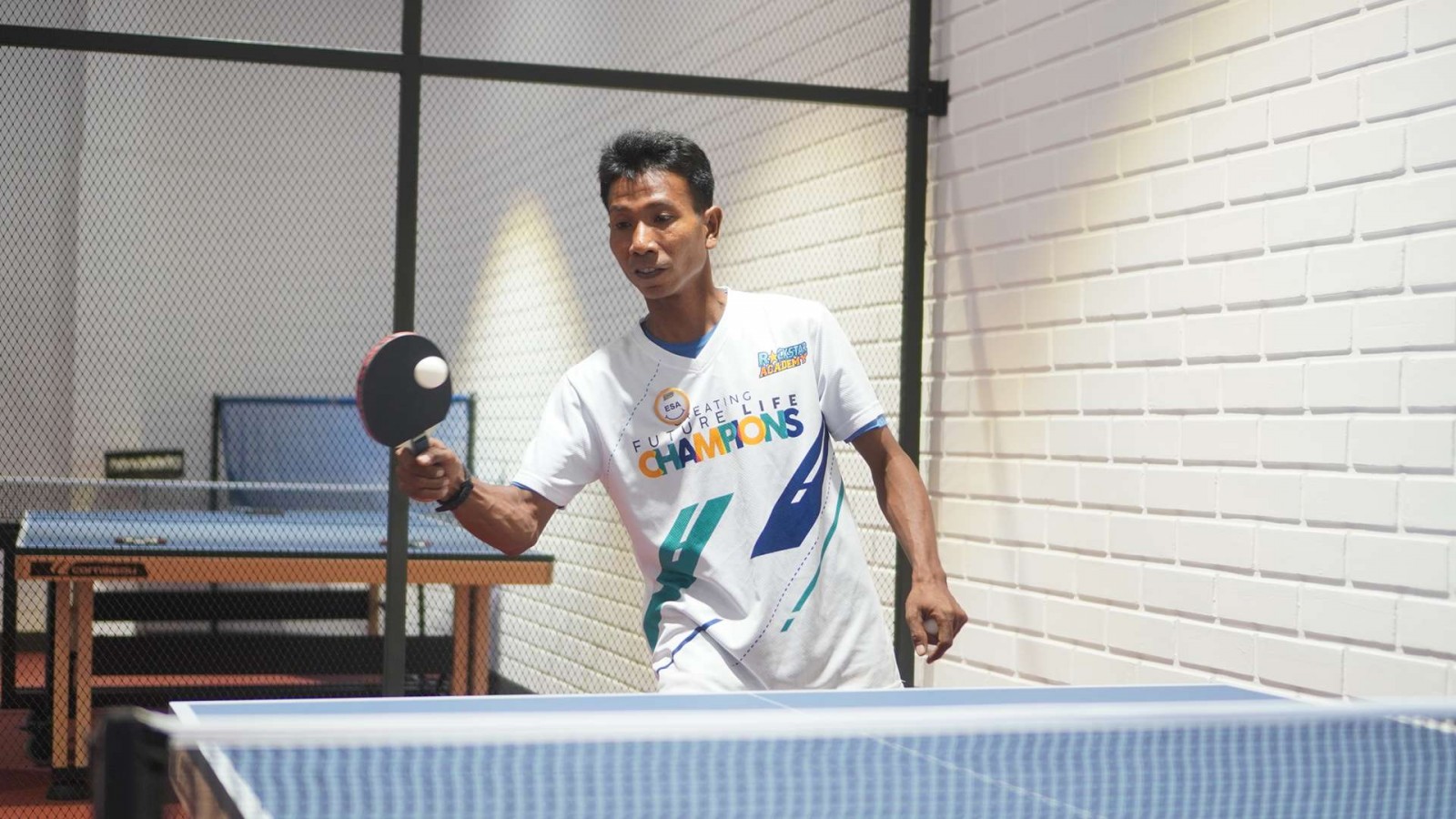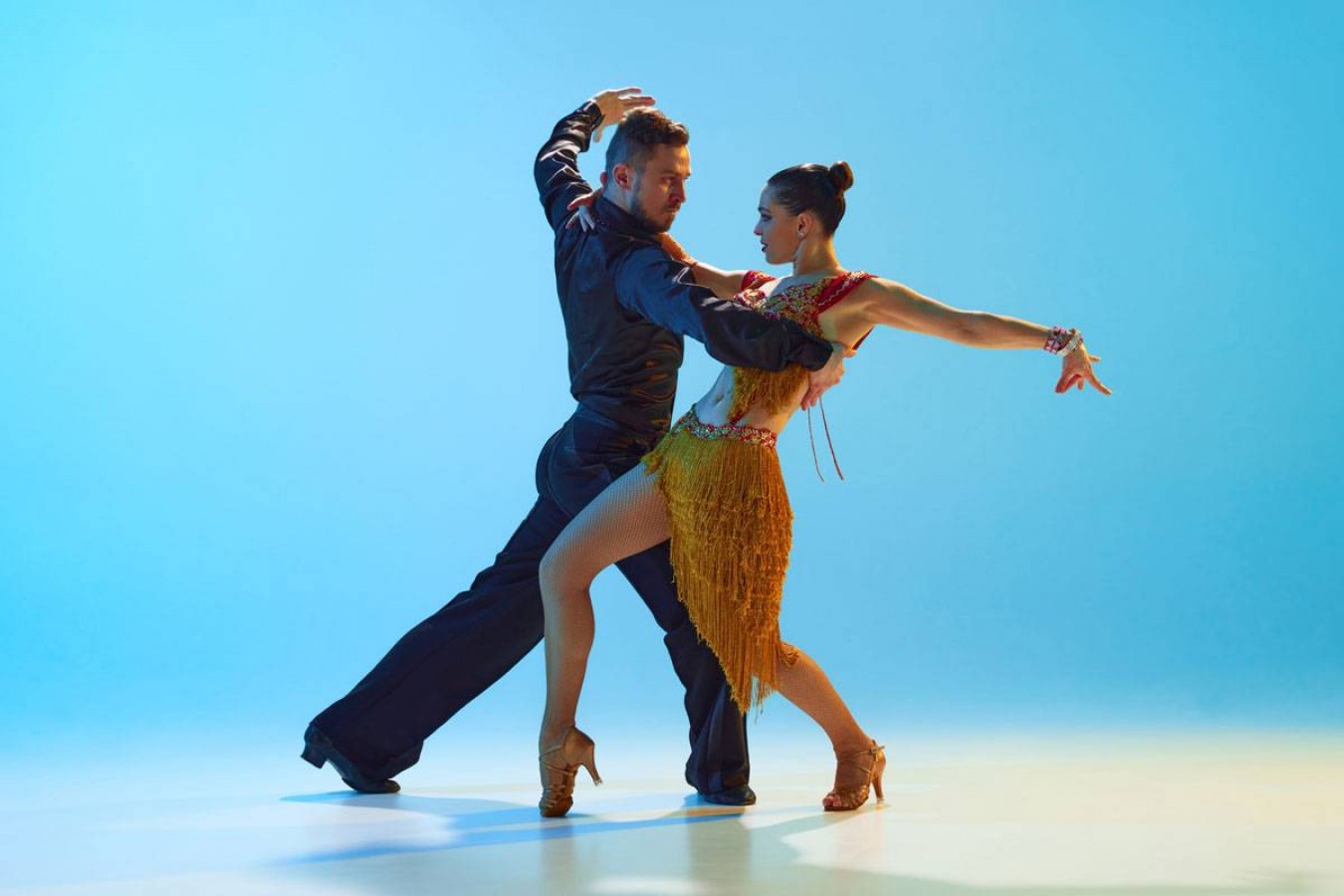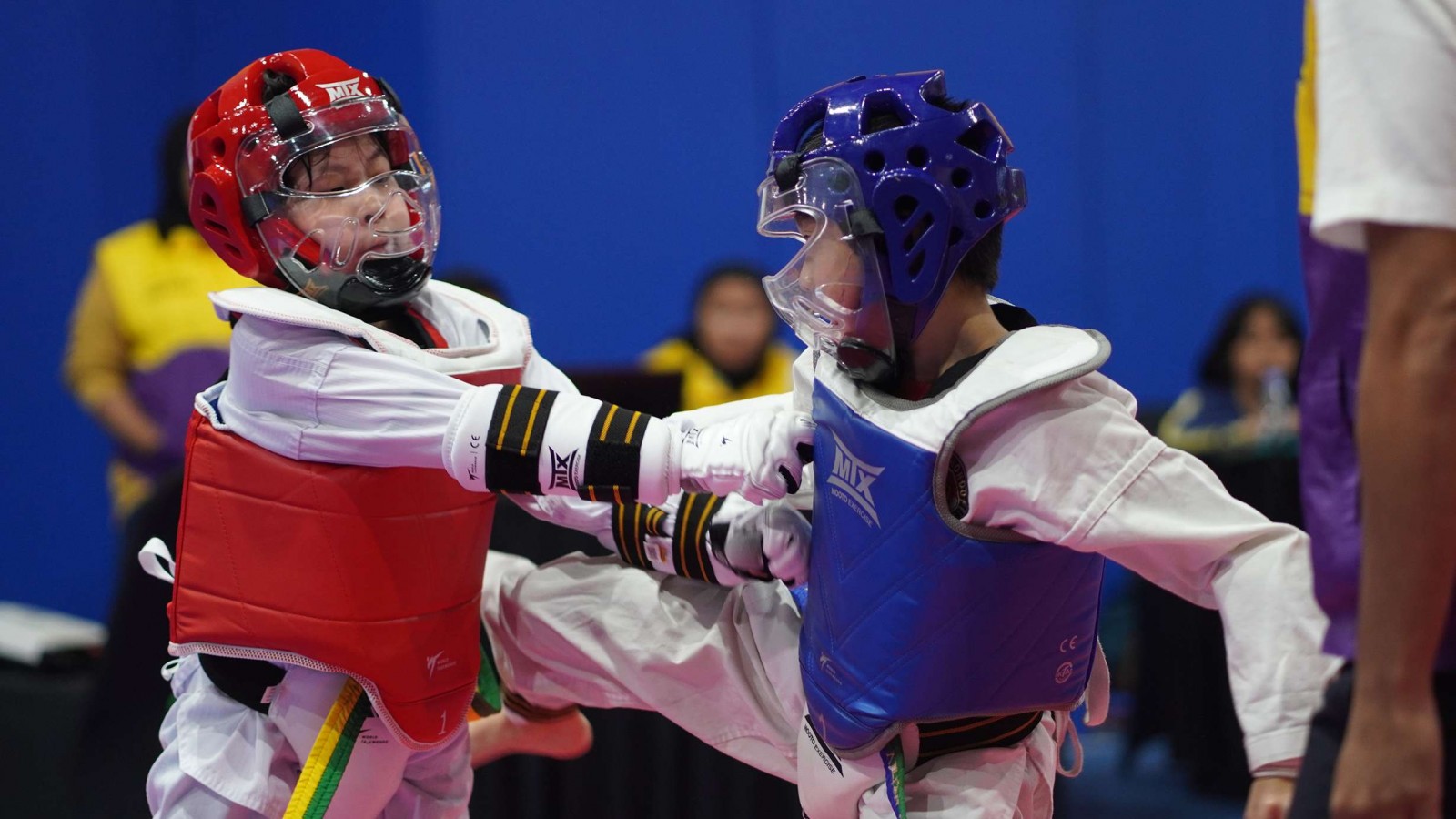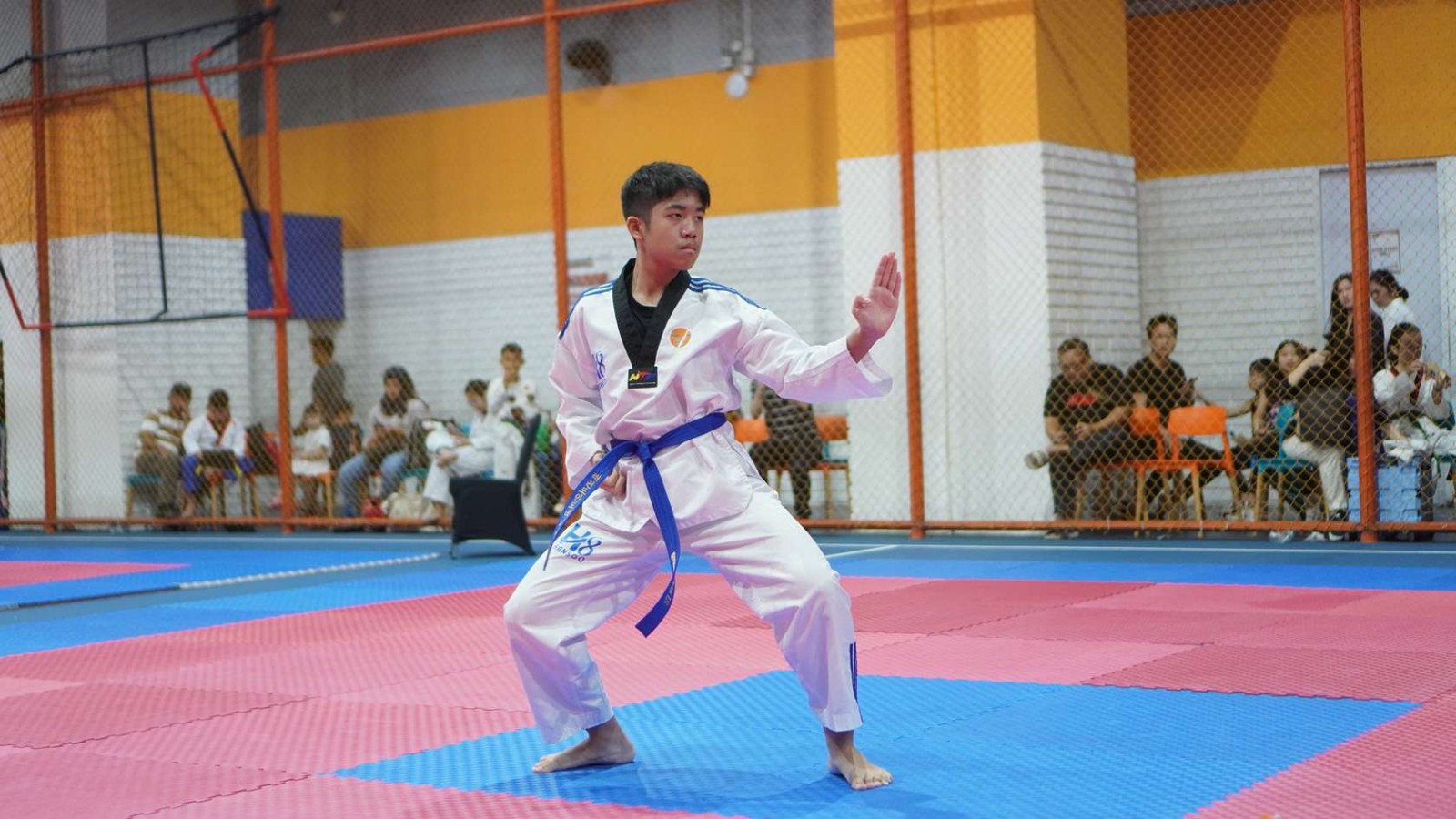How to Hit a Powerful Ping Pong Push: The Forehand and Backhand Push

If you're looking to elevate your ping pong game, mastering the ping pong push is essential. This fundamental technique, whether executed with a forehand or backhand, is pivotal for controlling the ball and dictating the pace of the game. But what exactly is a ping pong push, and why is it so important?
A well-executed push can effectively counter aggressive shots, create opportunities for offensive plays, and enhance your overall strategic play. This article will guide you through the essential aspects of hitting a powerful ping pong push, focusing on both the forehand and backhand variations.
The Purpose of Mastering the Ping Pong Push
Mastering the ping pong push serves a crucial purpose in your game: it’s an excellent way to control the ball when attacking isn’t an option.
A well-executed push allows you to place the ball precisely where you want it, effectively neutralizing your opponent's attacks and setting up your next move.
By using a good push, you can dictate the pace of the game and prevent your opponent from gaining the upper hand.
It’s a strategic tool that not only helps you stay in control but also makes it difficult for your opponent to launch a successful counter-attack. In essence, a skilled push can turn a defensive position into an opportunity for a strong comeback.
The Forehand Push
When it comes to controlling the game in ping pong, the forehand push is an essential technique every player should master. This shot isn’t just about keeping the ball in play, it’s about doing so with precision and intent.
Here are several aspects you have to consider:
1. The Stance
To execute a proper forehand push in ping pong, start with your feet slightly wider than shoulder-width apart. Your stance can either be square to the table or with your right foot slightly further back, similar to the forehand drive.
Bend your knees slightly and lean your body forward, as this shot is typically used against lower, backspin balls. Both arms should be positioned out in front of you, with about a 90-110 degree bend at the elbow.
Stand close to the table, about an arm’s length away, with your weight evenly distributed on the balls of your feet.
2. The Backswing
Begin your backswing by bringing your bat backwards and slightly out to the side of your body, creating a slightly open bat angle.
Keep your wrist straight, and maintain a small gap between your elbow and hip. Your playing arm should remain slightly in front of your body, as a big backswing isn’t necessary for the push.
3. The Strike
When striking the ball, the shot should be played slightly to the side of your body, rather than directly in front. Move your arm forward to meet the ball, with the movement primarily coming from your elbow and forearm.
Maintain an open bat angle throughout the shot, taking the ball at the peak of its bounce or slightly earlier.
To control spin, you can adjust the angle at which you strike the ball, playing more down the back of the ball for less spin or more underneath it for increased spin.
4. The Finish
Finish the shot by following through forward, toward the net. Your bat should end up pointing in the direction where you intended the ball to go. Avoid letting your arm swing across your body to the left.
Since you’ll likely have played slightly downward, your bat will now be closer to the table than it was during the backswing or strike. Finally, always return to the ready position, preparing for the next shot.
The Backhand Push
The backhand push is a versatile and reliable shot that can help you maintain control during a rally. It's especially useful when you need to keep the ball low and spin-heavy, making it difficult for your opponent to attack. Here’s several key points in practicing backhand push in ping pong:
1. The Stance
To execute a strong backhand push, start with your feet slightly wider than shoulder-width apart, creating a stable base.
Your stance should ideally be square to the line of play, similar to the backhand drive, but in many cases, a square-to-the-table stance works as well. Bend your knees slightly, lean forward, and lower your body slightly to effectively handle low, backspin balls.
Keep both arms in front of you, with your elbows bent at a 90-110 degree angle. Stand close to the table, about an arm’s length away, distributing your weight evenly on the balls of your feet for quick movement.
2. The Backswing
Begin the backhand push by bringing your bat backward, towards your chest, while creating a slightly open bat angle. Keep your wrist straight and maintain a closed angle at your elbow.
This backswing prepares you to meet the ball with control and precision, setting up the push shot with the right bat position.
3. The Strike
When striking the ball, make sure the shot is played directly in front of your body. Move your arm forward from the elbow to meet the ball, keeping the bat angle open throughout the shot.
Take the ball at its peak bounce or slightly earlier, out in front of you. To adjust spin, either play down the back of the ball for less spin or brush more underneath it to generate more backspin.
4. The Finish
Follow through by moving your bat forward, aiming towards the net, and ensuring your bat finishes pointing where the ball was hit.
Avoid letting your arm swing across your body, instead, your bat should finish closer to the table than it was during the backswing or strike. Finally, return to your ready position, preparing for the next shot.
Tips for Playing Push in Ping Pong
Mastering the push in ping pong requires more than just the right technique, it demands strategic thinking and practice. To elevate your push game, consider these essential tips that will help you refine your skills and gain an edge over your opponents:
A. Choose the Right Timing
Timing is crucial for executing an effective push. For a fast push, make contact with the ball earlier, as professional players do. This early contact creates pressure on your opponent and helps control the ball's speed and spin.
On the other hand, a slow push, which involves contacting the ball later, can increase spin but is more vulnerable to attacks. Amateurs often struggle with this, as a late push can result in the ball going long.
B. Take the Initiative
Don’t rely on the backhand push as your primary shot, especially against no-spin or topspin balls.
Use it primarily when you’re unable to attack. Instead, consider taking the initiative with a backhand flick or backhand topspin to assert control and put more pressure on your opponent.
C. Adjust the Racket’s Angle
The angle of your racket should always match the amount of spin on the incoming ball. For less underspin, close the racket angle slightly.
Conversely, for heavy underspin, open the racket angle more. This adjustment will help you handle the spin effectively and make your pushes more precise.
Turn Every Match into a Winning Opportunity!
The ping pong push is a vital skill that combines precision with control. So, grab your paddle and keep pushing, both literally and figuratively. The more you practice, the more effective and formidable your push will become, leading to impressive performances on the table.
Unlock your potential with top-tier training in our Ping Pong Program, where precision meets passion! At the Sports & Performing Arts Academy, we offer a unique opportunity to hone your skills and prepare for the prestigious RockOlympics.
Our expert coaches provide personalized instruction to elevate your game, whether you're a beginner or looking to perfect your technique. And now, you can experience all this with our Ping Pong free trial. Don't miss out, sign up today to get a taste of what our program has to offer and see how far your skills can take you!
FAQ
What is the difference between a push and a drive in table tennis?
A push is a controlled, defensive shot with a subtle spin, often used to handle backspin or low balls. A drive is a more aggressive, attacking shot with significant speed and topspin, aimed at putting pressure on your opponent.
What is a push in ping pong?
A push is a technique used to return the ball with minimal speed and controlled spin, typically employed when dealing with low, backspin shots.



